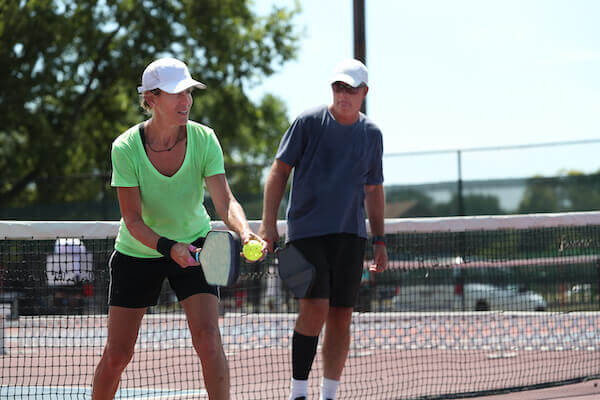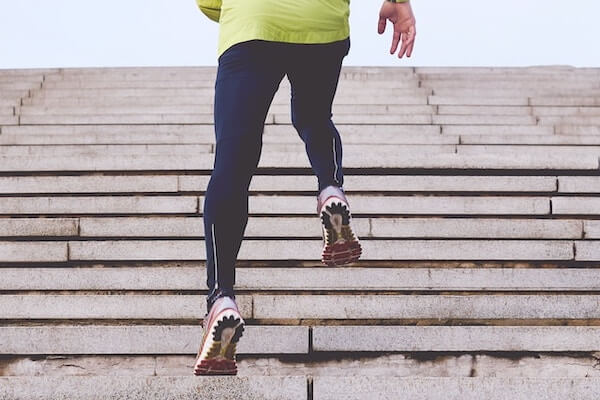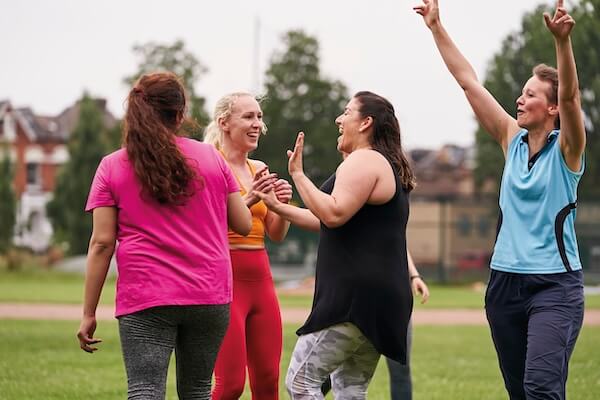
A recent study led by the University of Wollongong (UOW) shines a light on a worrying global trend: the vast majority of young children, aged 3 to 4 years, are not meeting the World Health Organization (WHO) guidelines for physical activity, sedentary behavior, and sleep. The study, which pooled data from 7,017 children across 33 countries, found that only 14.3% of children met the full set of recommendations. This startling figure highlights the need for global action to promote healthier lifestyles among young children.
What Are the WHO Guidelines?
The WHO’s guidelines for children aged 3 to 4 years set out recommendations for three key movement behaviors:
- Physical Activity: Children should get at least 180 minutes of physical activity per day, with 60 minutes of moderate to vigorous intensity.
- Sedentary Behavior (Screen Time): No more than 1 hour of screen time per day.
- Sleep: Between 10 and 13 hours of good-quality sleep in a 24-hour period.
Meeting these guidelines is crucial for children’s health, as research shows that it can positively impact body weight, motor skills, and mental health.
Key Findings from the Study
The study, which gathered data from 2008 to 2022, found that very few children worldwide meet these important movement guidelines. However, there were some interesting patterns based on where the children lived, their gender, and the income level of their countries.
- Global Trends: Only 14.3% of the children studied met the full set of guidelines. The proportion varied across regions, with Africa reporting the highest adherence (23.9%) and North and South America showing the lowest (7.7%).
- Gender Differences: Boys were more likely than girls to meet the physical activity guidelines, while girls were more likely to meet the screen time recommendations.
- Income Disparities: Surprisingly, income levels didn’t follow a clear pattern. Low-income countries had a higher proportion of children meeting the guidelines (16.6%) compared to middle- and high-income countries.
Why Aren’t Children Meeting the Guidelines?
The study highlights a few reasons why most children aren’t hitting these targets. A major factor is urbanisation, which has led to fewer green spaces and safe areas for children to play outside. Additionally, the rise of screen-based devices, especially in wealthier countries, has made it harder to limit sedentary time.
Cultural norms also play a role. In many societies, boys are encouraged to play outside more, while girls are often expected to engage in quieter, indoor activities. This could explain why boys are generally more active but spend more time on screens.
What Can Be Done?
The study’s authors stress the need for contextually relevant interventions to promote healthy movement behaviors among children. Solutions will vary by region but could include:
- Creating Safe Play Spaces: Urban planning that prioritises parks and playgrounds could help children be more active.
- Parental Guidance on Screen Time: Many parents aren’t sure how much screen time is appropriate for their young children. More education around the WHO guidelines could help.
- Promoting Gender Equality in Play: Encouraging both boys and girls to participate in physical activity can help close the gap and improve overall adherence to the guidelines.
The Australian Context
Australia is no exception when it comes to these trends. Many Australian children also struggle to meet the WHO recommendations, particularly with the rise in screen time due to digital devices. Parents and caregivers play a critical role in ensuring their children get enough physical activity and sleep while limiting screen time. Simple steps like setting clear boundaries for screen use, promoting outdoor play, and establishing consistent sleep routines can make a big difference.
Conclusion
This global study is a wake-up call for parents, educators, and policymakers alike. With only a small proportion of children meeting the WHO guidelines, it’s time to act. Encouraging healthier movement behaviors in early childhood can have lifelong benefits, improving both physical and mental health. By working together, we can create environments that support active, balanced lifestyles for our youngest generation.






